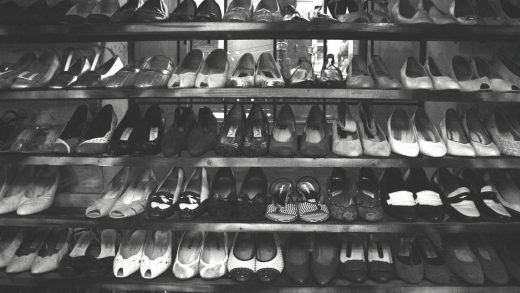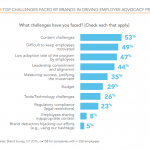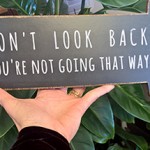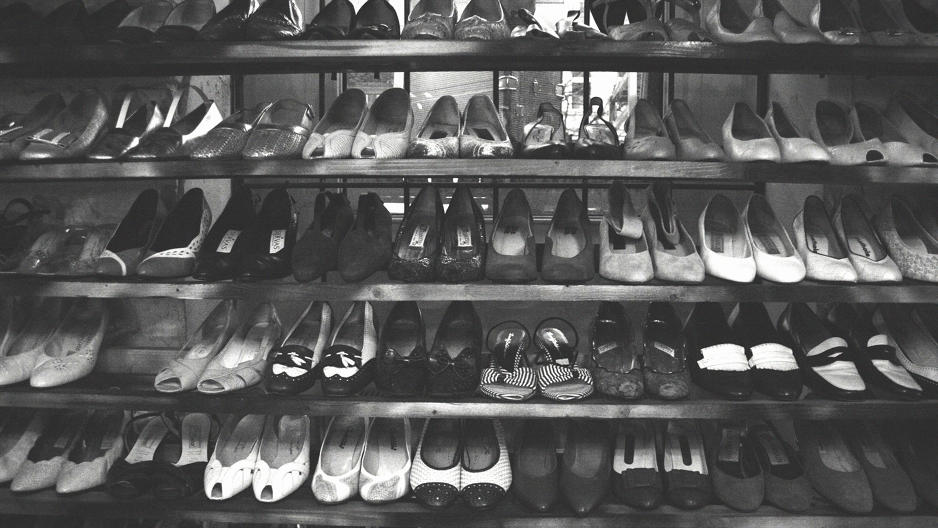Why You Should Encourage Employees To Have A Side Hustle
By day I’m a writer, but few people know that I also have a side hustle. I love to comb thrift stores on weekends, looking for items to flip on eBay. My latest score was a beautiful pair of Alden Shoes that I picked up for $20 at the Salvation Army and will sell for about $200. I also stumbled upon three copies of Newsweek’s “Madam President” edition (which was quickly recalled) at my local Target. They sold in less than 24 hours for more than ten times what I paid.
A side job can be fun and put a little extra money in your pocket in the process, or it can allow you to pursue a passion. David Mulqueen is a project manager for Odd Dog Media, a Seattle-based digital marketing agency, but on nights and weekends, he runs Seattle Snowboard Instructor.
“Snowboarding is my passion, and I love teaching others how to snowboard,” he says. “I want others to stop hating winter and open up new hobbies to people so they can begin to appreciate all of the seasons our world has to offer.”
Side Hustle Trend
A growing number of people are finding that two jobs are better than one. Adobe’s “Future of Work” study found that one third of over 1,000 U.S. workers currently hold two or more jobs. A different report by CareerBuilder found 29% of more than 3,200 workers have a second job. The trend is hotter among millennials, 44% of whom hold multiple jobs.
CareerBuilder’s findings indicate that side gigs are most popular for people who work in leisure and hospitality industries (34% do), with retail and transportation coming in second and third. And the most popular extra jobs include survey taker, childcare provider, consultant, freelance writer, blogger, bartender, photographer, website designer, and tutor.
While side jobs can provide a nice amount of extra money, workers of all income levels are taking on side work, according to CareerBuilder. Nearly one in five make more than $75,000 a year in their regular job, and 12% earn more than six figures.
In the Adobe study, 88% of respondents admitted they work for their paycheck, but 60% also do it for recognition and just over half (51%) believe their side work has social impact. The bonus is that 78% of those workers surveyed believe that moonlighting has made them happier and more optimistic.
Many companies used to frown on “moonlighting,” but that shouldn’t be the case. The majority—71% —of workers who hold side jobs don’t plan on turning them into full time work, according to CareerBuilder. Only 36% of workers feel more passionate about their side hustles than their full-time career.
Side Hustles Make You More Productive
Having an employee who has a job on the side can be an asset to the company, says Rosemary Haefner, chief human resources officer at CareerBuilder. She recommends workers who pursue opportunities outside office hours for three reasons:
- They gain skills off the clock. Building your own business in your spare time gives you real-world experience you can add to your resume and bring to your next job interview. There’s no better way to learn than hands on, she says.
- They have the characteristics employers want. “Employers are looking for innovative, proactive team members and self-starters to achieve organizational results,” she says. “These characteristics best describe an entrepreneur.”
- They are often creative. Entrepreneurial employees thrive when handed something to create. “At its core, entrepreneurship is about creating something—taking ideas and making them come to life,” she says.
Mulqueen says running his snowboarding business has made him a better employee. “You begin to appreciate how much time and effort goes into businesses that are successful,” he says. “It allows me to be better at my job as I’m now in the shoes of small, local business owners and can relate to their struggles. I think it makes me a more well-rounded individual; you take so much passion and pride into your side hustle that it energizes you, and that energy flows over into your day job.”
Fast Company , Read Full Story
(21)














